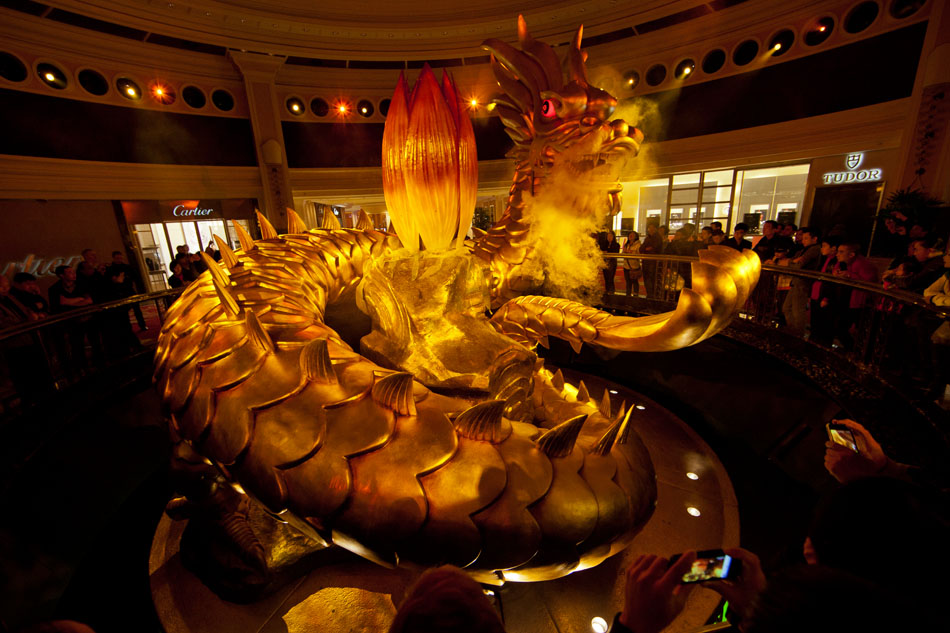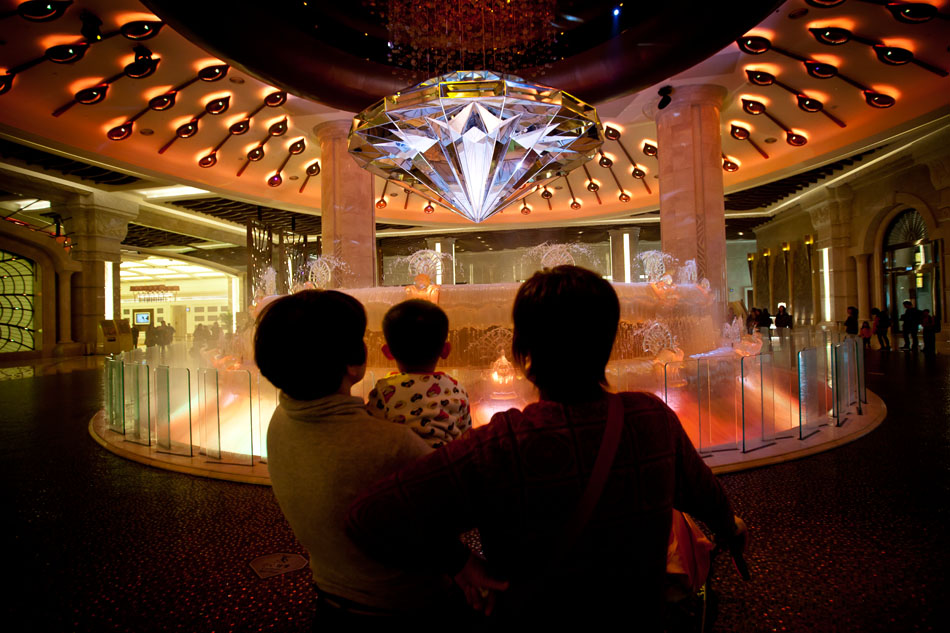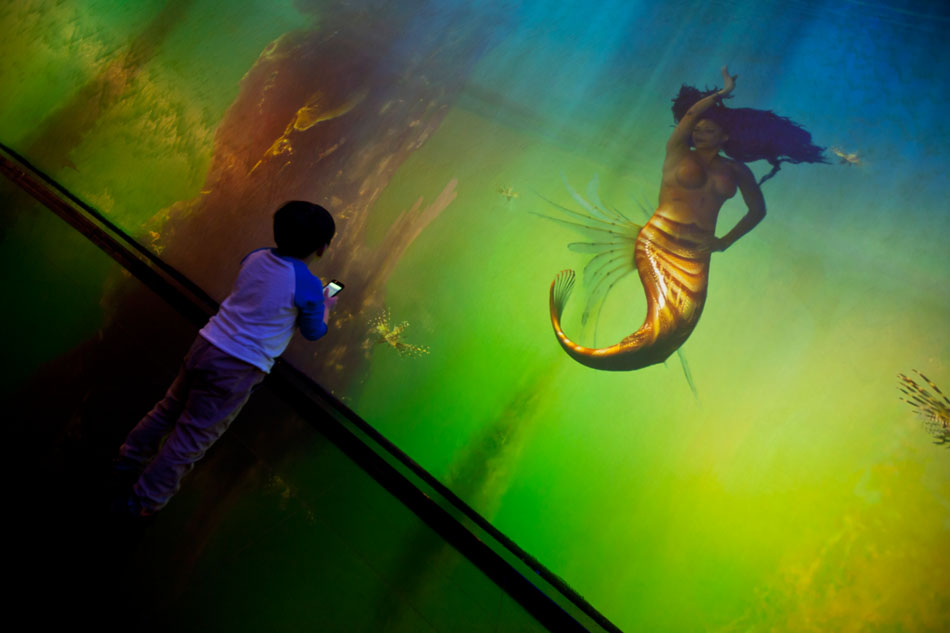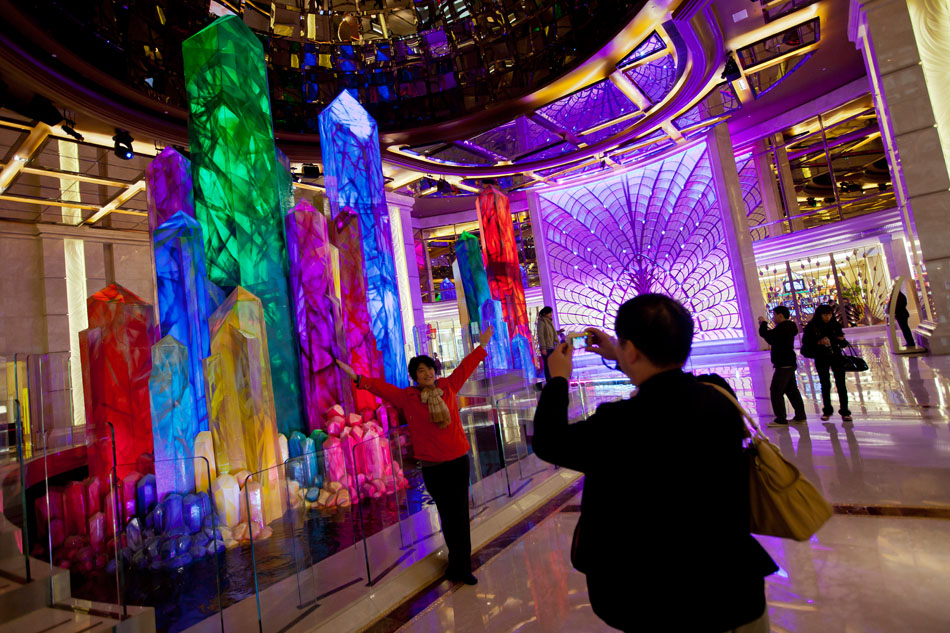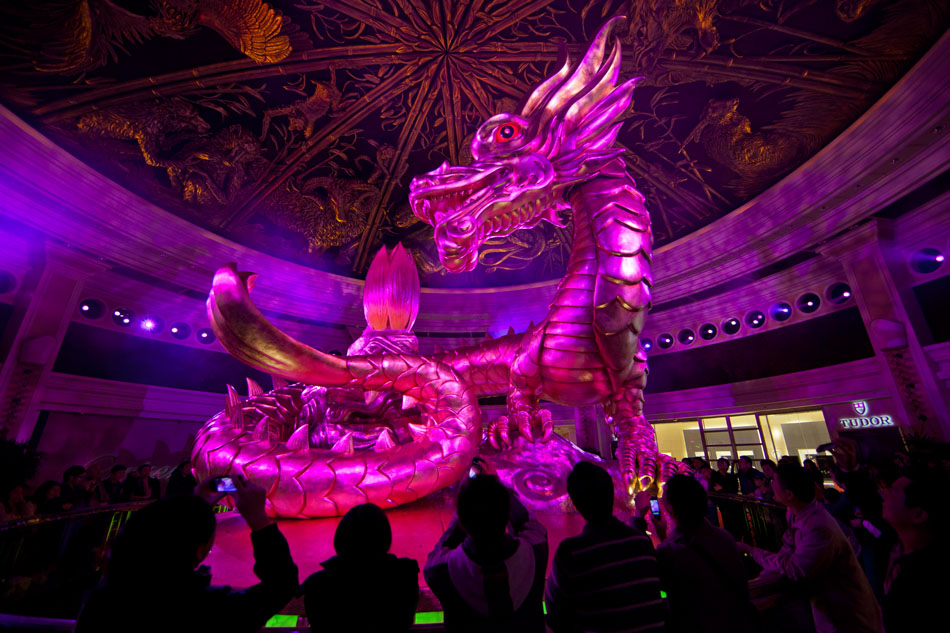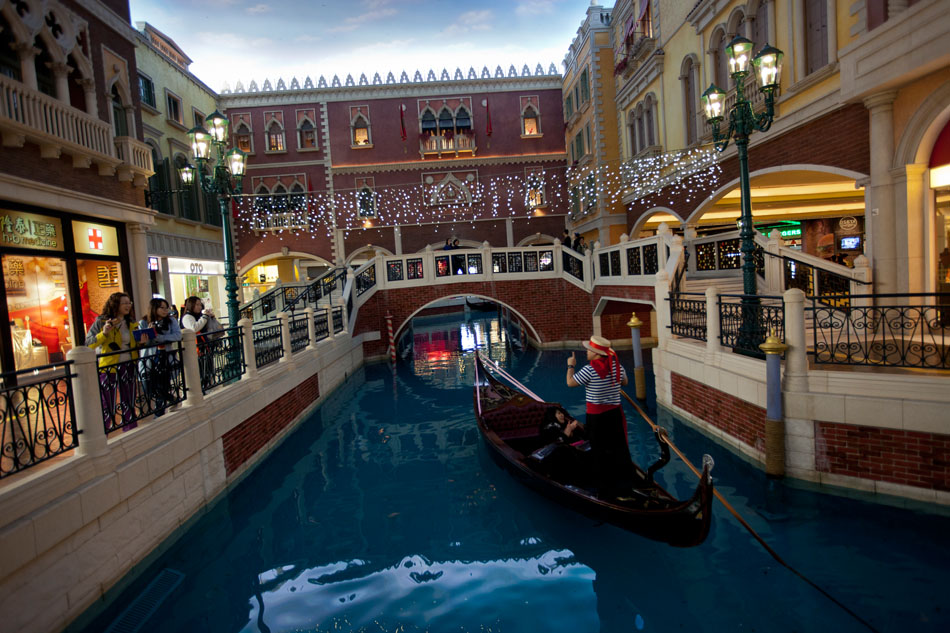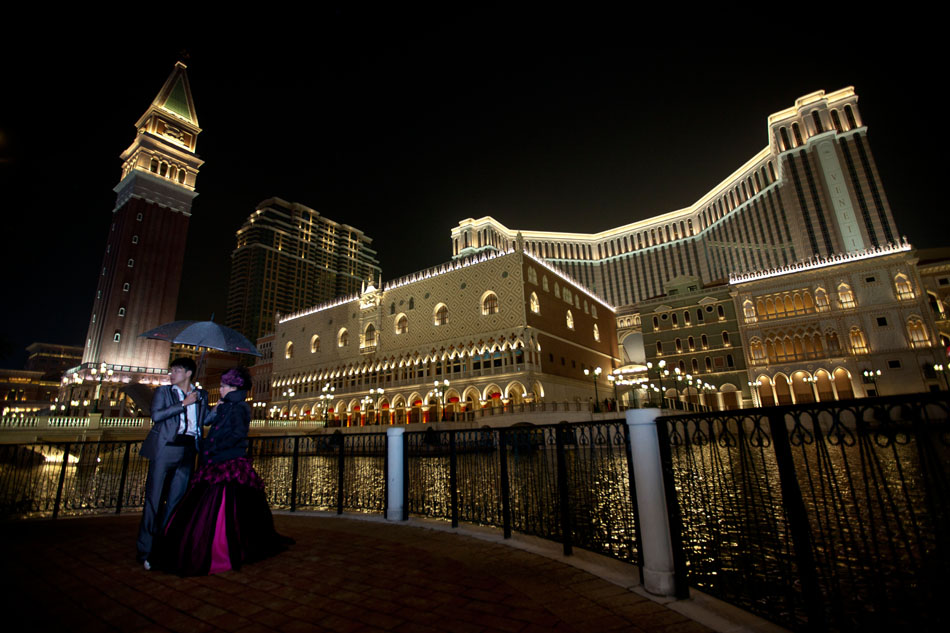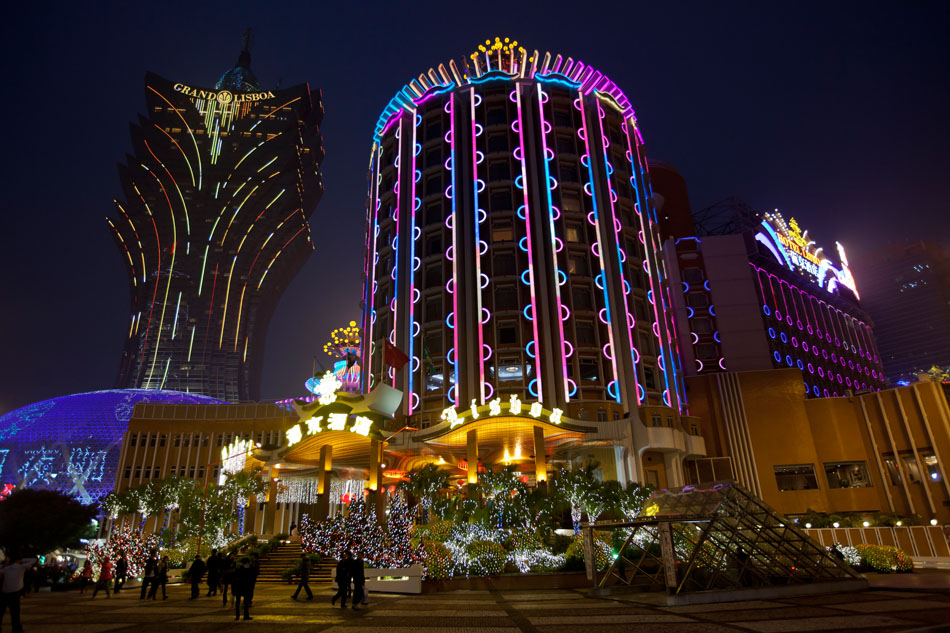Aug 26, 2012 | Consumerism
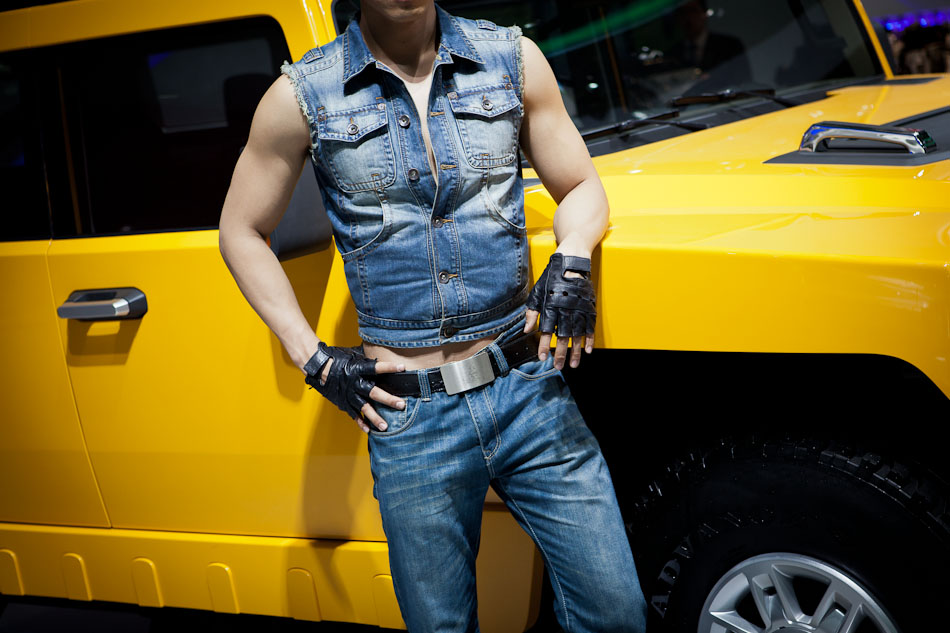
China’s love affair with the automobile is escalating every year, and the biennial Beijing International Automotive Fair is now ground zero for this sultry romance. Nearly a million automobile enthusiasts packed into the gigantic halls of the Beijing International Convention Center over the course of a week just to get a chance to sit behind the wheel of their dream car and admire the scantily clad attendants. The overt sexuality of both the male and female floor models in the trade booths is now increasingly conflated with the status of vehicle ownership. They utilize a practiced set of gestures and poses to better integrate with the curvatures of the surrounding hunks of glass and steel. These intertwined bodies of human and vehicular desire are the height of an erotic symbiosis that incites deeper forms of commodity fetishism. Car purchases in China surged 45% in 2009, surpassing the United States for the first time with 13.6 million vehicles sold, making it the largest automobile market on the planet. China will remain on top for the foreseeable future as more and more people pack onto already crowded streets and highways, even as dealer inventories continue to snowball this year. No matter what, expect more skin and desirous looks at automotive fairs across China.
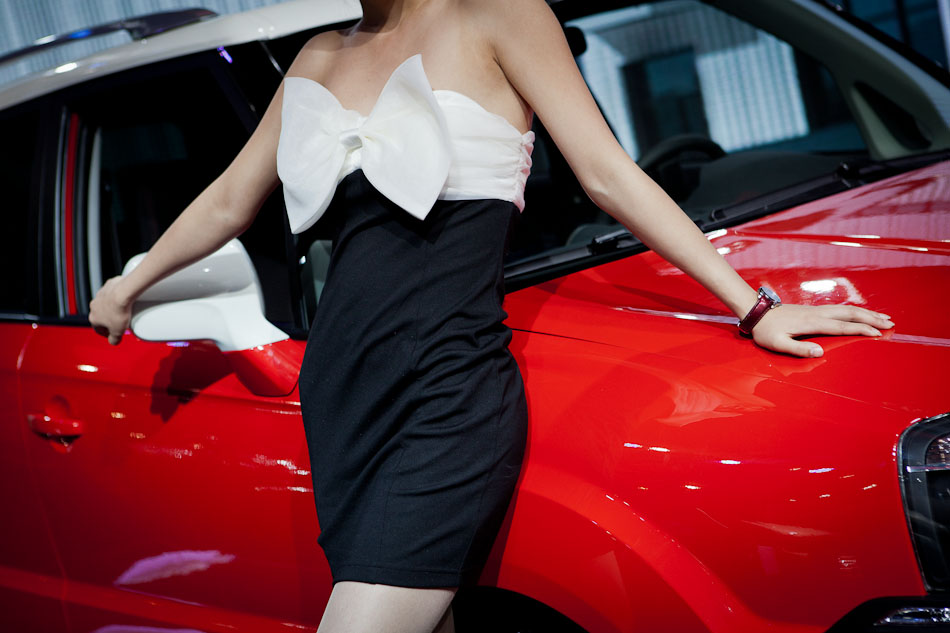
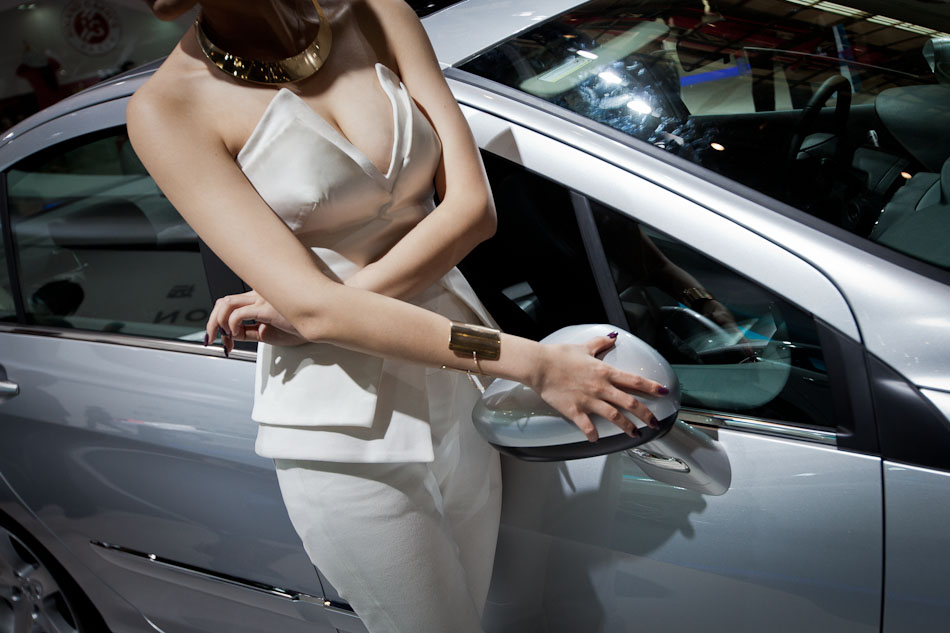
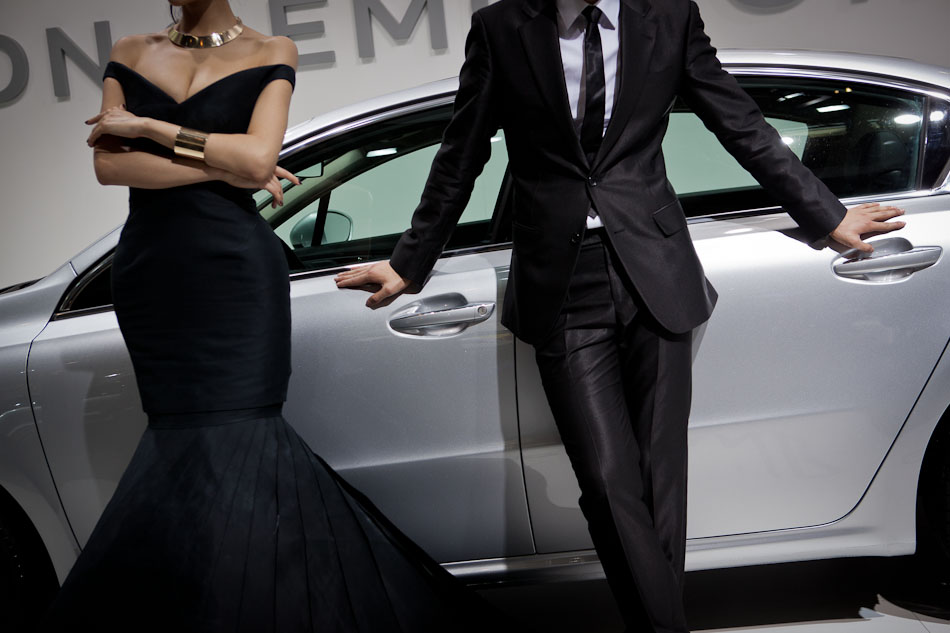
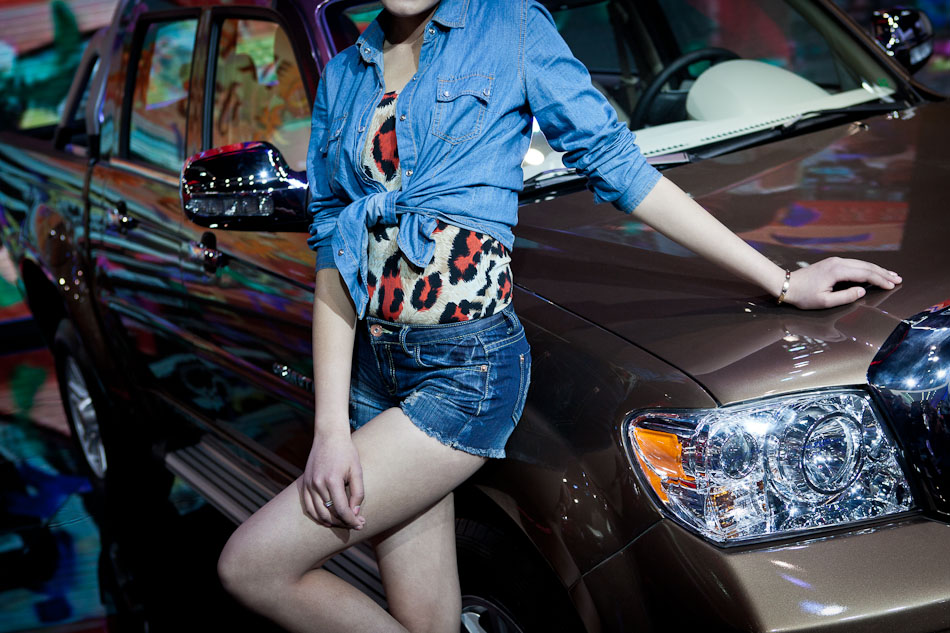


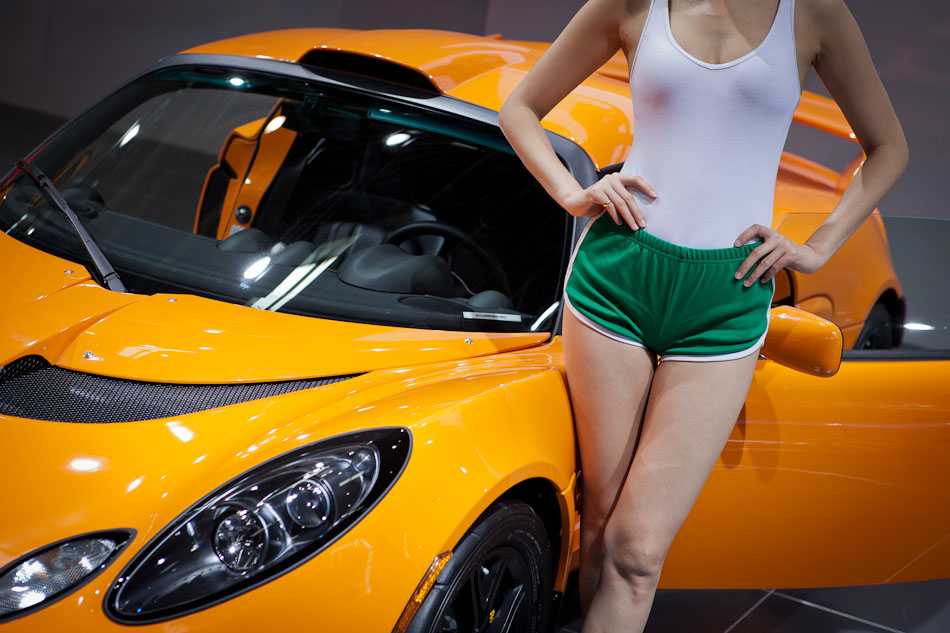

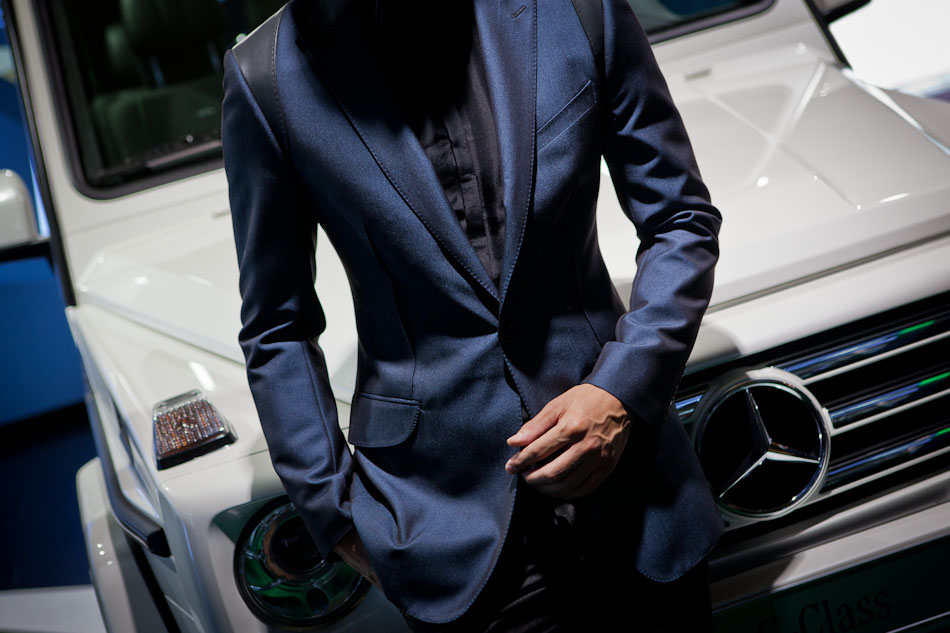
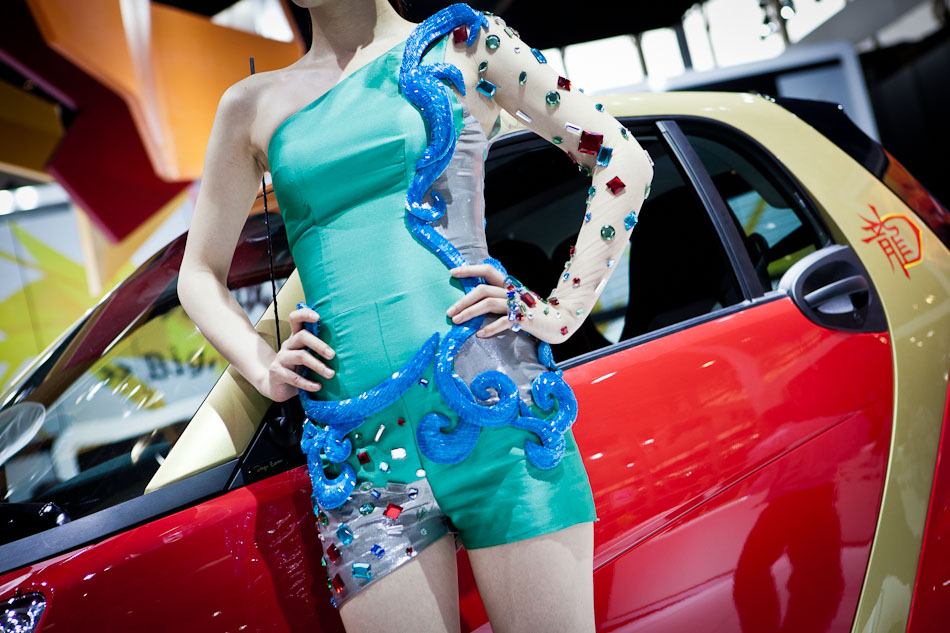
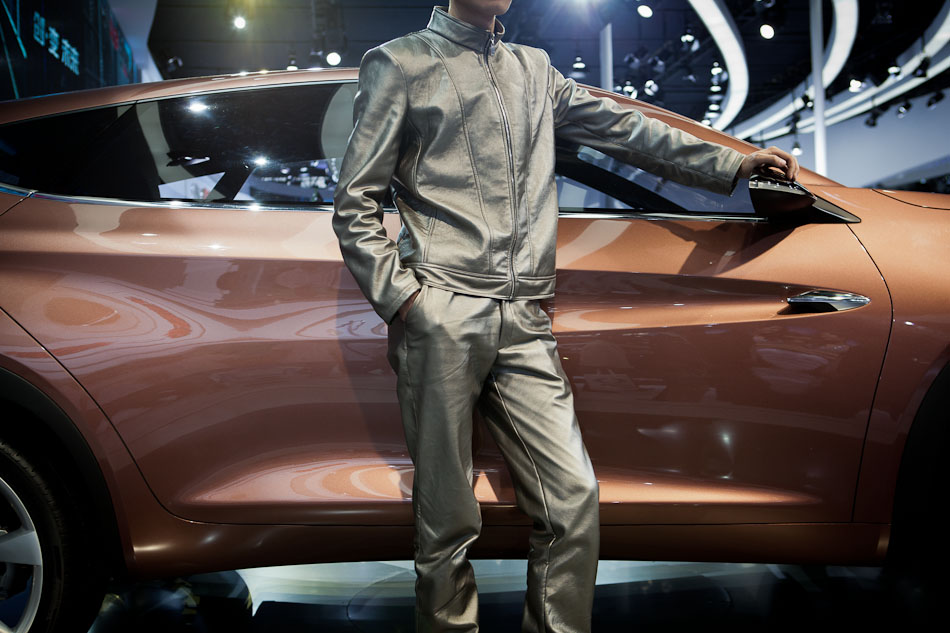

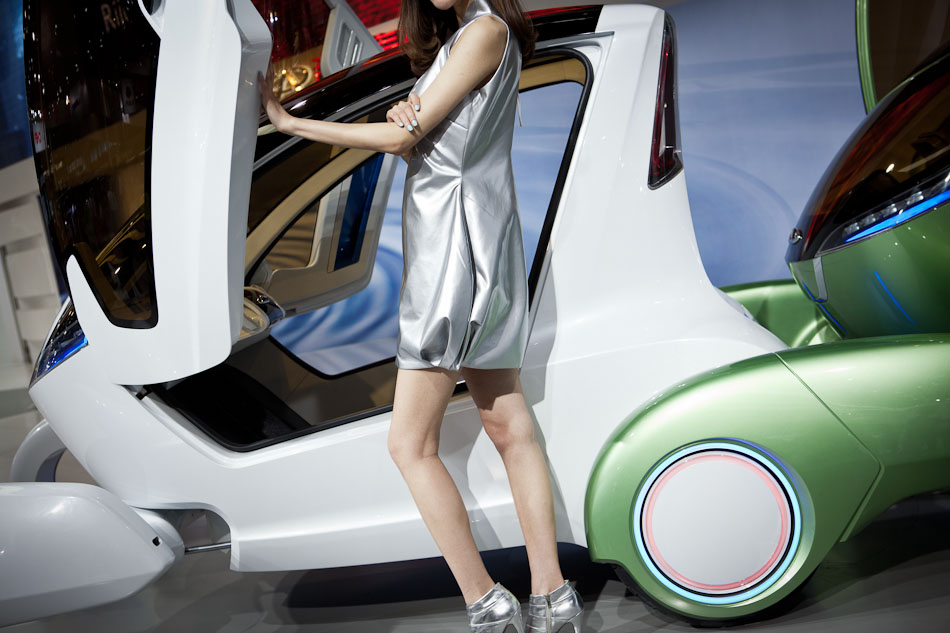
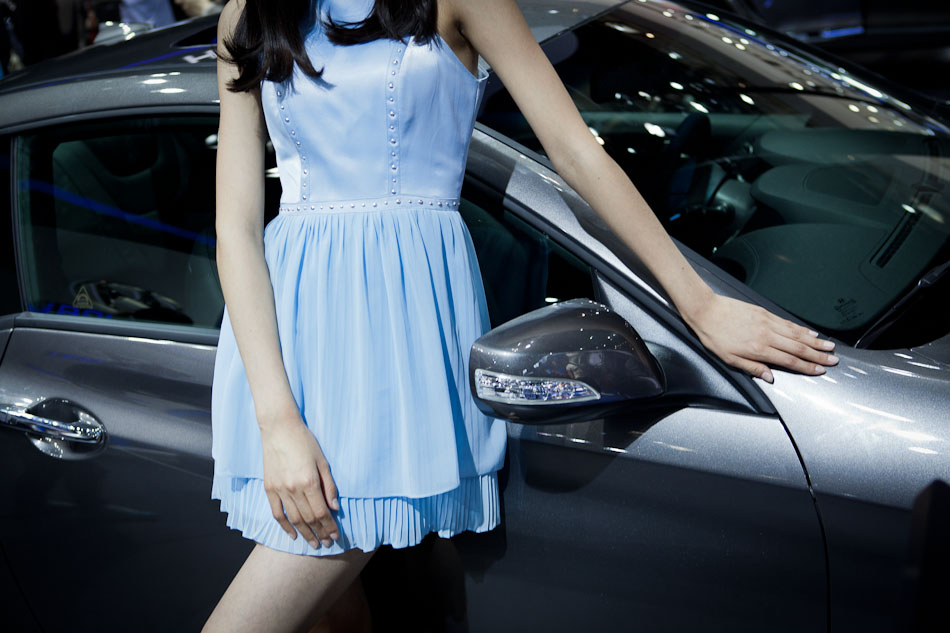




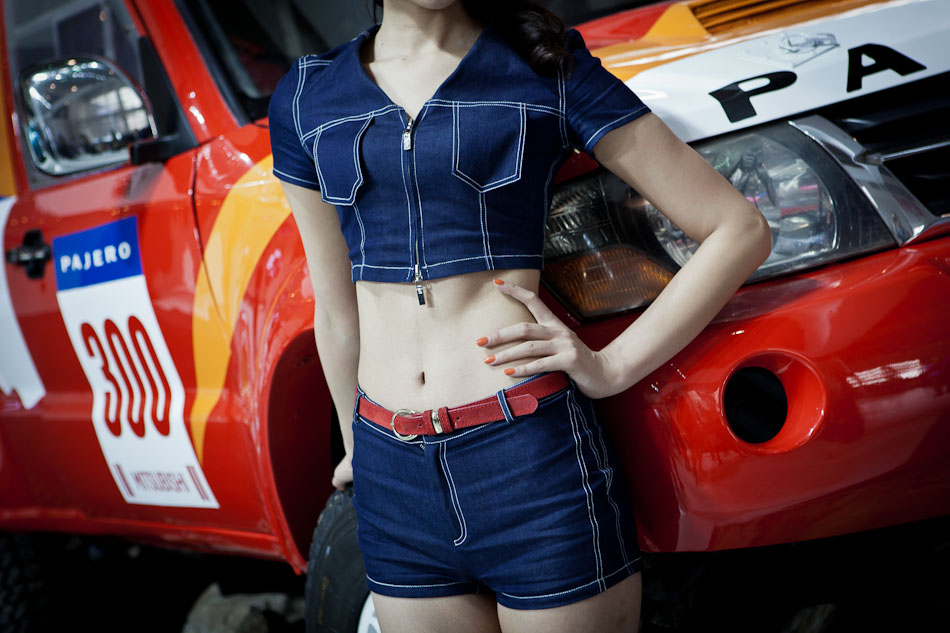
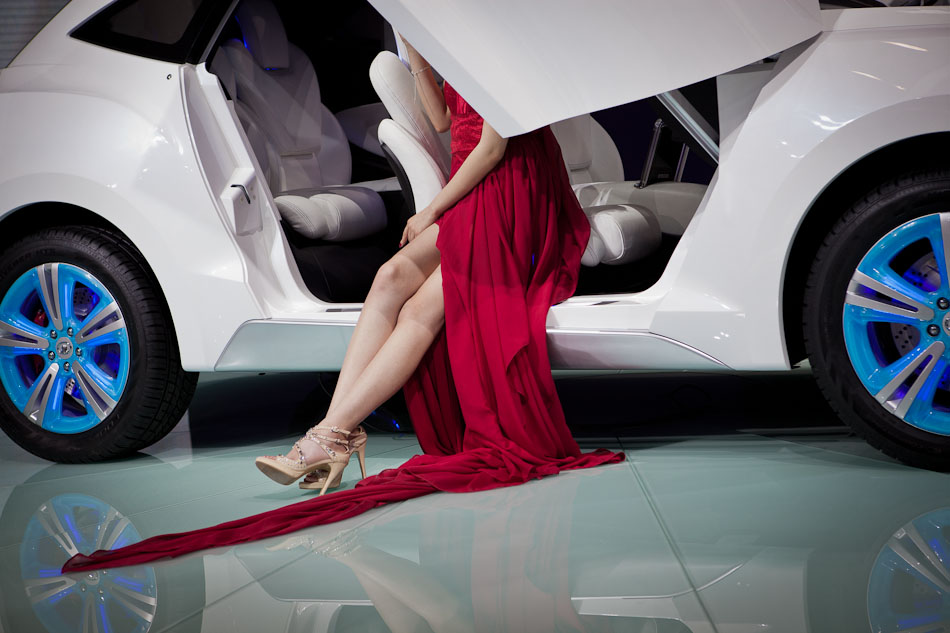
May 23, 2012 | Architecture, Clippings, Development, Portraits, Urban
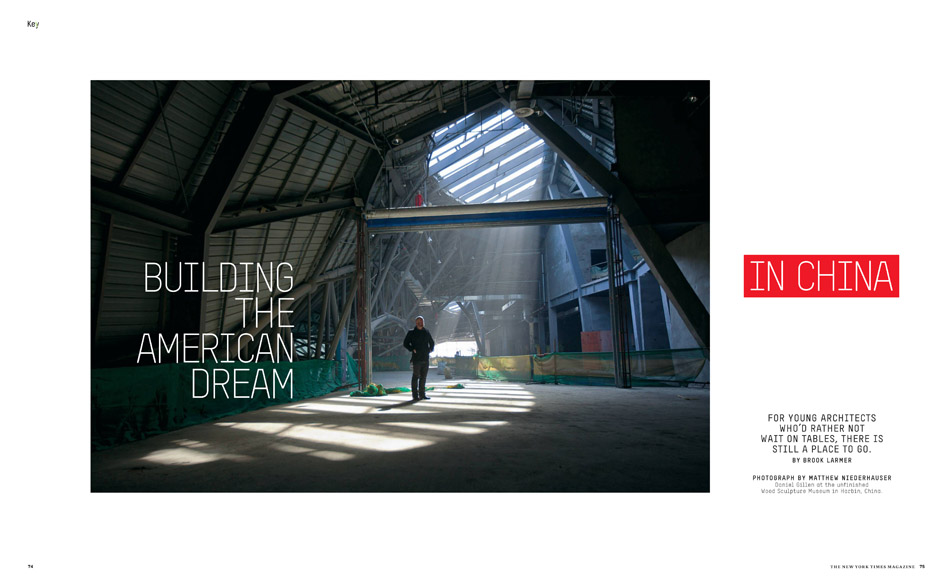
I finally got an opportunity to shoot for The New York Times Magazine. They sent me to Harbin with Daniel Gillen, a young American architect who transplanted to Beijing to ride the wave of audacious infrastructure projects being built across China. He currently works for MAD, founded by Ma Yansong and one of the leading domestic firms in China. Over the past few years MAD was tapped to build a number of cultural centers and museums in their consistently curvilinear style, including the recently completed Ordos Museum and the China Wood Sculpture Museum that I photographed in Harbin. Unfortunately these grand architectural flourishes are usually just showpieces in much larger megablock developments – a small nod to innovation amongst a greater sea of mundane urbanity. Whether or not they actually see any use is still in question. In an ideal world they will become centers of creativity, but in the meantime, Daniel Gillen is only there to build them.
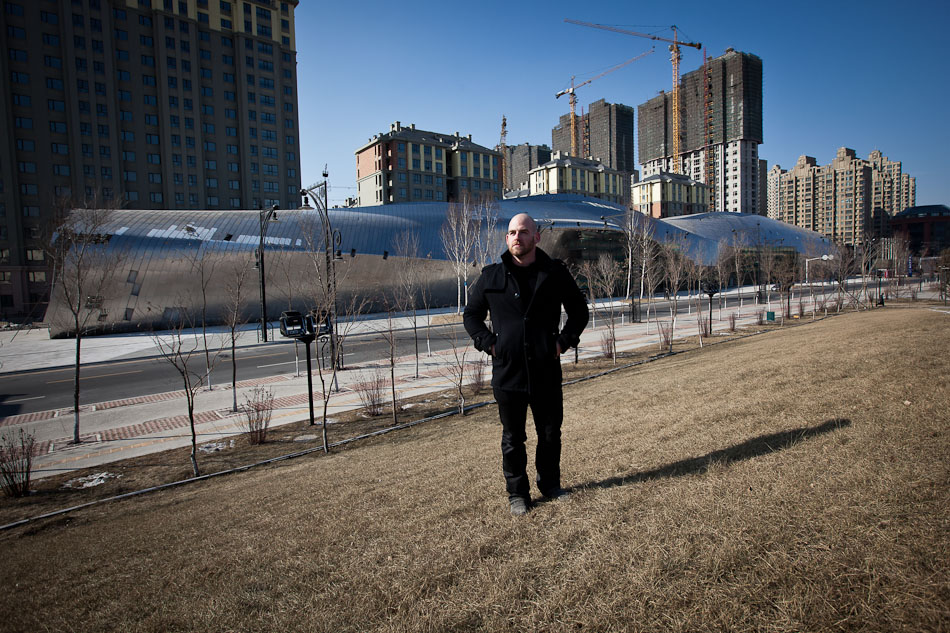

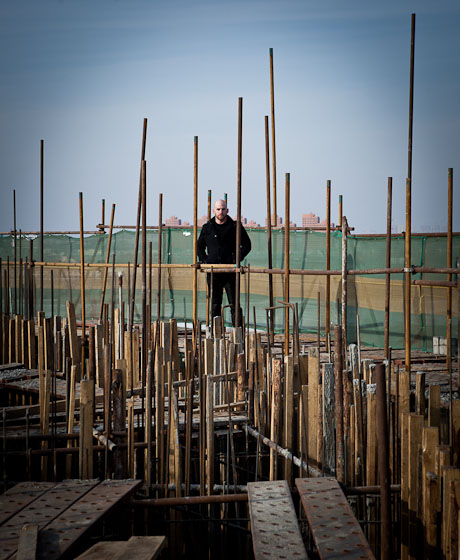


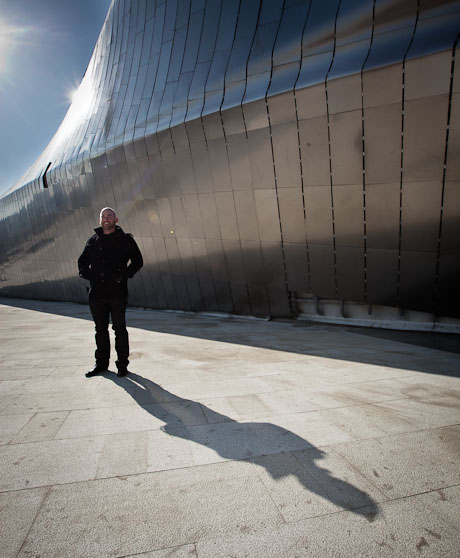
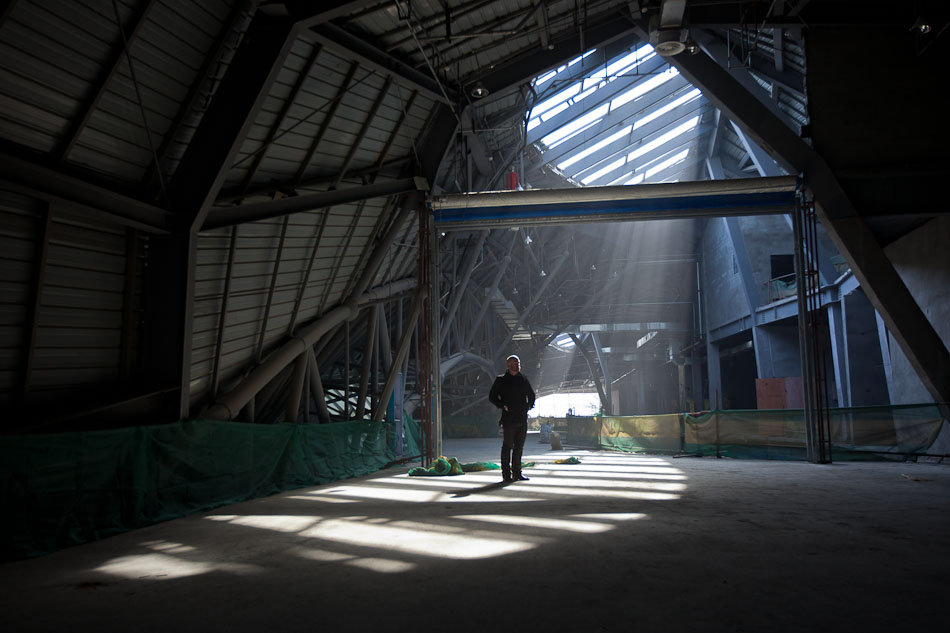
Apr 27, 2012 | Clippings, Portraits
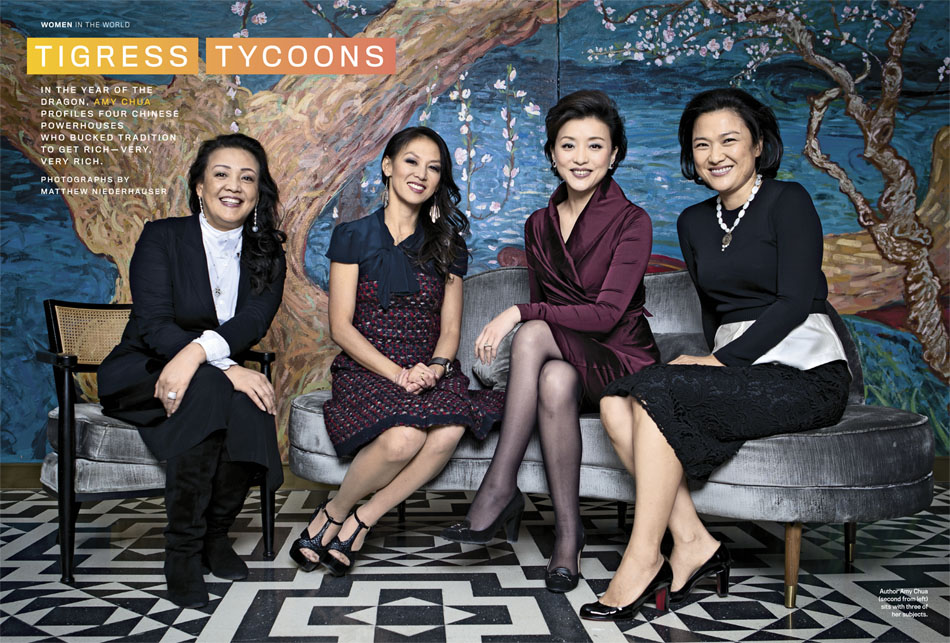
This was one of my most intimidating assignments to date: a portrait of three of the richest females in China along with Amy Chua, the author of Battle Hymn of the Tiger Mother, in less than ten minutes before their power dinner. It really was a Tigress Tycoons showdown. The leader of the streak, in my eyes, was Zhang Xin/张欣 (far right). Her company, SOHO China, is easily one of the top real estate developers in China, building some of the most daring (and sometimes dastardly) megablocks in the country. These properties reshaped Beijing’s skyline and netted her about $2.7 billion. Forbes and the Financial Times consistently list Zhang Xin as a top businesswomen in Asia. Her biography is also staggering. She saved up money working in Hong Kong garment sweatshops before moving to England to study at Cambridge and on to New York City to work at Goldman Sachs. Amazing. Next to Zhang Xin is Yang Lan/杨澜, also know as the “Oprah of China” thanks to her massive television presence and media empire. While not a rags to riches story like Zhang Xin, Yang Lan hit it big on Chinese domestic television, sometimes garnering viewing audiences in the hundreds of millions. She was one of the first talk show hosts in mainland China who really spoke her mind and cofounded Sun Television Cybernetworks.
Last and certainly not least of the Tigress Tycoons is Zhang Yan/张兰 (far left). She founded the popular South Beauty restaurants with now boasts over forty locations throughout the country. Known for their opulent settings, they also serve up extremely tasty Sichuan fair. Zhang Yan completed the female power trifecta. Amy Chua is nothing to scoff at of course, but fits into a different category with her academic and literary accolades. Her book promoting the “Tiger Mother” parenting method sent waves around the world, especially in mainland China. There is even now an “Eagle Dad” spinoff category. Anyway, it was a bit tense at first getting all the ladies together, but thanks to the antics of Zhang Xin’s husband, Pan Shiyi, who decided to take photos along with me, the ten minutes passed without a hitch. Be sure to check out Amy Chua’s accompanying profile of the Tigress Tycoons.
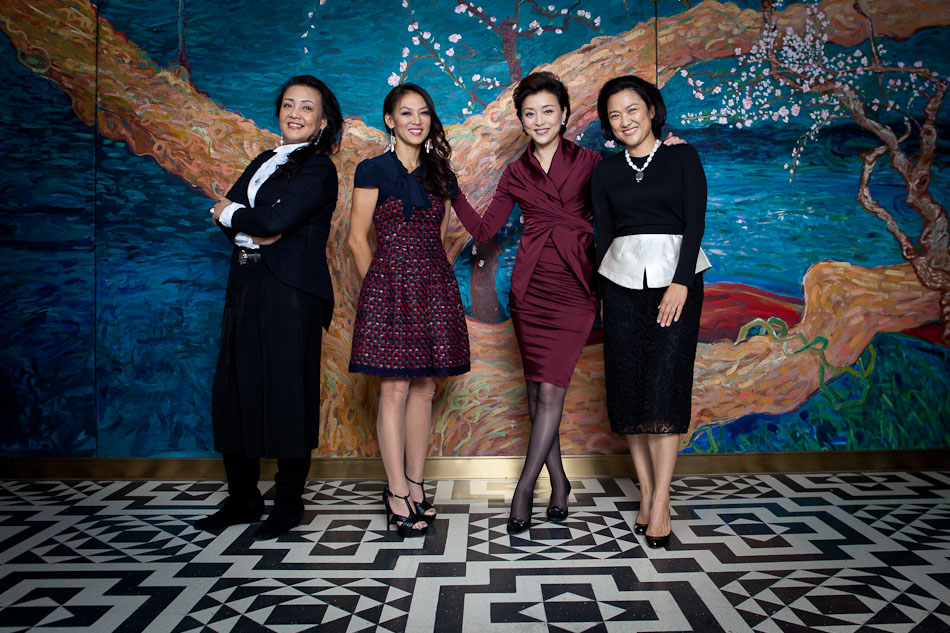
Apr 19, 2012 | Music, Urban
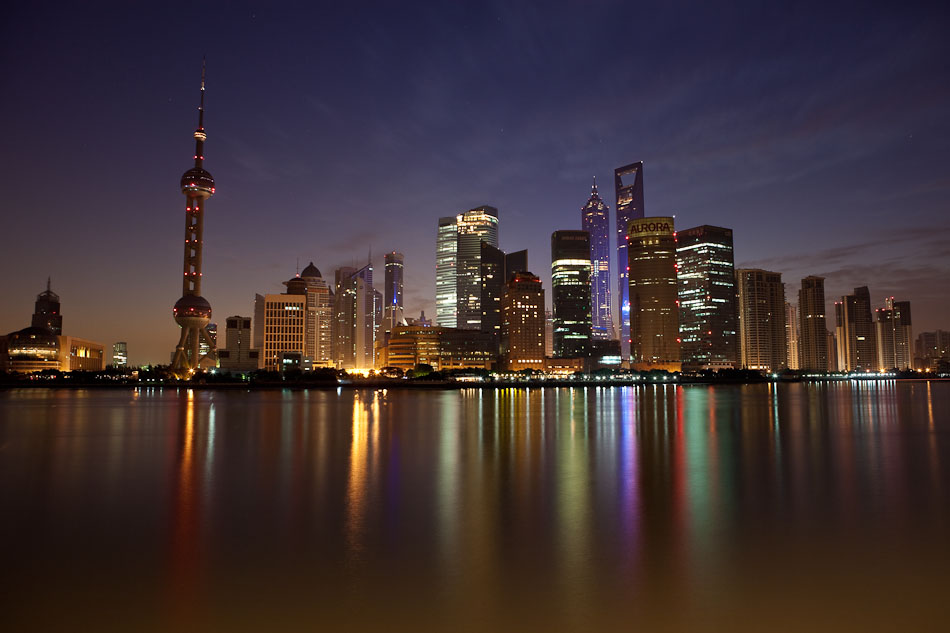
This is a bit of an oddity. I would go so far as to call it an accidental music video. Last September I ended up on The Bund at dawn in Shanghai. This should happen at least once in your lifetime. Ostensibly I was there to photograph a performance by the talented and capable Olek, whose crocheted work I first encountered in New York City this past summer. After she failed to initiate a crocheting enterprise, thanks to the Shanghai Public Security Bureau, I stuck around and watched the sun rise in all its glory over the imposing Pudong skyline. Slowly but surely the entire city awoke around me. My favorite part are the old guys walking backwards for exercise. I find their physicality a strangely fitting metaphor for the urban development occurring around them. It was a beautiful sight. I mashed up the video from that morning with a live performance of White+ recorded at the now defunct D-22. Check out the results below.

Apr 6, 2012 | Clippings, Consumerism, Counterfeit Paradises, Development, Society
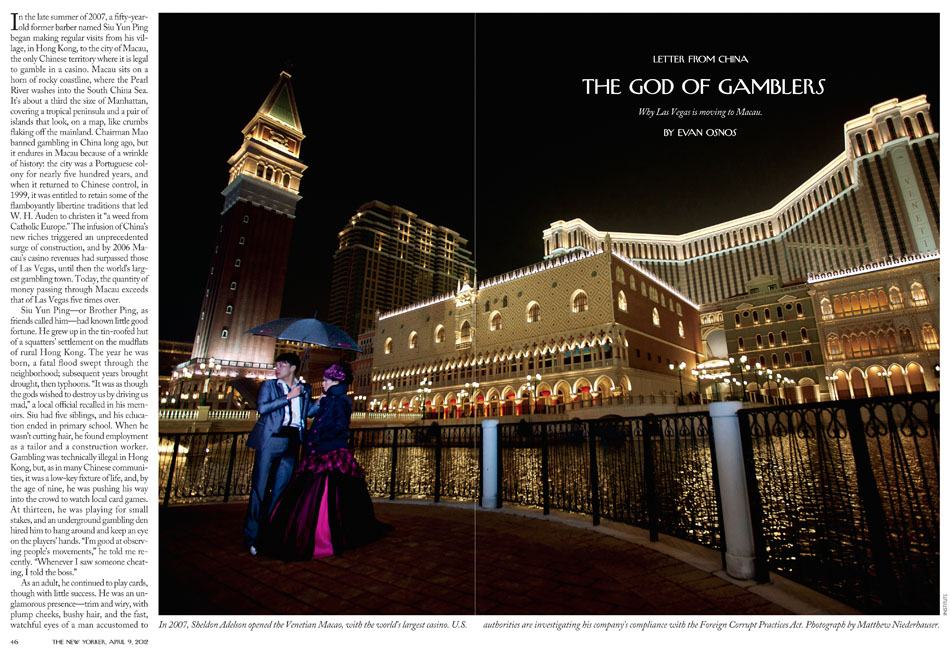
Macau looms large on the iniquitous edges of Asia. It is a city of sin: filled with casinos, prostitutes and any other vice or luxury one could imagine. In many ways this is business as usual. Trafficking of women and general skullduggery date back to the earliest days of the Portuguese colony at the turn of the 16th century. Now the stakes are much higher though, and for many visitors, money is not an object. Macau currently draws the biggest “whales” in the world and most of these high rollers come straight out of mainland China. The increase in gambling revenues in Macau is unprecedented. Galaxy Entertainment tripled its profits during 2011, and the entire casino industry is already up 20% in the first quarter of this year compared to last. Macau outperforms the Las Vegas Strip nearly six times over and there is no end in sight.
The already outrageous revenues posted by Macau casinos also appear to be the tip of the iceberg. It is largely acknowledged that a massive amount of cash moves through V.I.P. gambling rooms where high-stake bets are off the books. No one knows how deep that well goes. Money laundering and connections to triads run rampant through the “junkets” who shuttle wealthy mainland Chinese gamblers into Macau and collect their debts elsewhere in order to bypass currency limitations at the border. Macau is riding the tails of China’s economic boom and catering to the extravagant tastes of the Chinese nouveau riche looking to flex their often illicit financial muscles.
At the top of the pyramid are two of the world’s richest men: Steve Wynn and Sheldon Adelson (also the largest contributor to Newt Gingrich’s campaign efforts). Both are in heated competition to rule Macau as their fortunes continue to skyrocket despite serious allegations of corruption and a spotty track record. A WikiLeaks spinoff called CasinoLeaks – Macau offers up condemning fare based on collected public records. Be sure to read Evan Osnos’ article in The New Yorker that features my photography. He does an amazing job navigating this intricate web of sordidness. More photographs that didn’t make the cut can be seen below.
